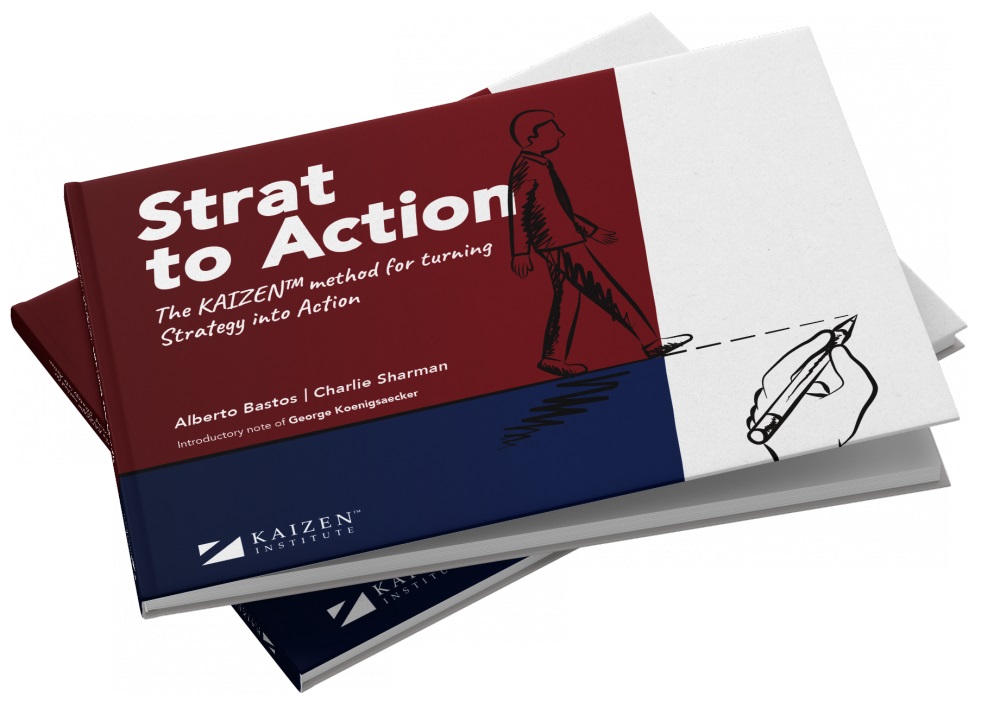The surrealist art of Pablo Picasso can be the perfect metaphor for successful business alignment.
Each facial component is absurdly different, and Picasso makes them even more so. Yet, we are still able to grasp the character from the portrait presented and they are aligned for the final result. This is not dissimilar to organisational structures. It is common to see a misalignment of the different managers concerning the vision they wish for their organisation. Consequently, each one chooses different priorities. So, it is common to see important decisions to be postponed as well as the lack of synergies and increased difficulties in the implementation of cross-cutting processes in several areas.
It is necessary to ensure agreement between decision-makers when defining the strategic direction of the organisation as well as the definition of the resulting priorities initiatives. In fact, this is the first achievement of Strat to Action and then it is the leaders’ responsibility to deploy this improvement priorities among their teams, by keeping the focus and effort on the strategic goals outlined.
Strat to Action is a structured KAIZEN™ process for implementing the strategic objectives of the company and ensuring alignment of all people engaged, from the top to the point of impact. The methodology consists of annual cycles that take place in planning and reviewing stages, often referred to as Hoshin Planning and Hoshin Review.

Hoshin Planning. defines breakthrough objectives of 3 to 5 years based on strategic priorities, the voice of the customer and Enterprise Value Stream Analysis. This activity is fundamental for managers to “learn to see” the waste in their organisation, and how aggressive they should be when defining improvement goals.
After defined, these 3 to 5 years goals are then transformed into annual breakthrough goals and incorporated into a matrix that will be deployed throughout the organisation.
In order to have more effective deployment in terms of improvement priorities, there is the need to perform a detailed analysis of the processes involved – Department Value Stream Analysis – identifying opportunities for breakthroughs, optimisation and acceleration. This is a crucial stage in Hoshin planning as it forces leaders and their teams to think about sub-processes that must be really improved.
Meanwhile, Hoshin review includes regular reviews to the progress of the implementation plan outlined, together with the definition of countermeasures to correct deviations from the defined targets.
Organisations are more than ever alert to the market changing dynamics, trying to be always one step ahead of their competitors. That is why the Strat to action methodology is an opportunity to boost the communication within the organisation, ensuring the alignment and prioritisation of what is most important. Strat to Action process plays a key role in the effective results achievement in any organisation.

#strategy and leadership
See more on Strategy & Leadership
Find out more about improving this business area
